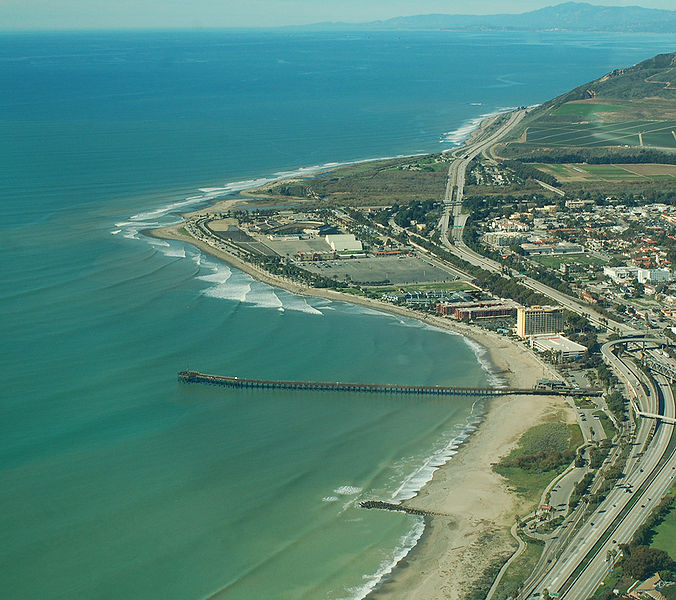Combining Strategies
The above discussion shows how cost-benefit analysis can be used to compare individual strategies for preparing for sea level rise and related coastal hazards. However, the most cost-effective option is often not a single strategy, but a combination of synergistic strategies. For example, when used alone, breakwaters or artificial reefs can be used to slow coastal erosion, but are not effective at preventing flooding due to sea level rise and storm surge. However, these strategies can be combined with other complementary strategies – such as levees or beach/dune reconstruction – that can mitigate sea level rise and storm surge flooding but are not as good at slowing coastal erosion. Combining strategies can also be an effective way to meet multiple design goals. For example, including a waterfront park in a plan for managed retreat can reduce the exposure of coastal infrastructure to flooding while also fulfilling other goals, such as creating new space for recreation and environmental restoration.
Learning Check Point
This exercise is not for credit, but you are required to understand this material for the formal assessments in this module.
Stakeholders in Ventura, California have chosen to combine several strategies for reducing erosion at Surfer’s Point.

Re-visit this NOAA article, which was also presented in Module 9, Restoring Surfer's Point, then answer the following questions:
In addition to the benefits of implementing complementary strategies in one place, communities should also recognize that the types of strategies that are most beneficial will vary from place to place across the community’s jurisdiction – strategies that are highly beneficial in one area of the community may not be as beneficial in another, and may even be harmful. Thus, communities should consider adopting not only multiple complementary strategies in one area, but also different sets of complementary strategies for different areas. The next section discusses how communities, governments, and stakeholders can use geographic information systems to better understand how differences in the social and physical landscape across their jurisdiction may affect the suitability of these strategies from place to place.
